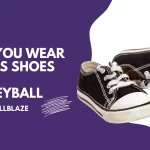All ages and skill levels enjoy volleyball, one of the most popular team sports. In addition to its simple rules, side bands play a large role in the sport’s strategy.
Often referred to as side out bands, side bands allow teams to control the flow of a game to gain an advantage over their opponents. Side bands enable teams to control the game’s pace and create scoring opportunities tactically. What are side bands, how do they work, and what are the benefits they may bring to a team are discussed in this article.
Above the sidelines in front of each team are two white bands attached vertically to the net. The left back position or defensive zone is on the court’s left side (or back row). Along the court, there is a 2-inch line that serves as the out-of-bounds line.
Lets are serves that hit the net cord but still land on the service court. Repeating this service attempt will not result in a fault, and the server will not be held accountable. Inbounds is declared when both palms of both hands are raised when a ball reaches the court. The ball must be played by both players on a team if two or more players attempt to play the ball together.
As the spiker follows the ball through reach over (but not touch), the ball should contact him or her in the direction in which he or she is aiming. An opponent cannot interfere with a player’s movement below the net if there is no interference from the other team.
Understanding Side Bands
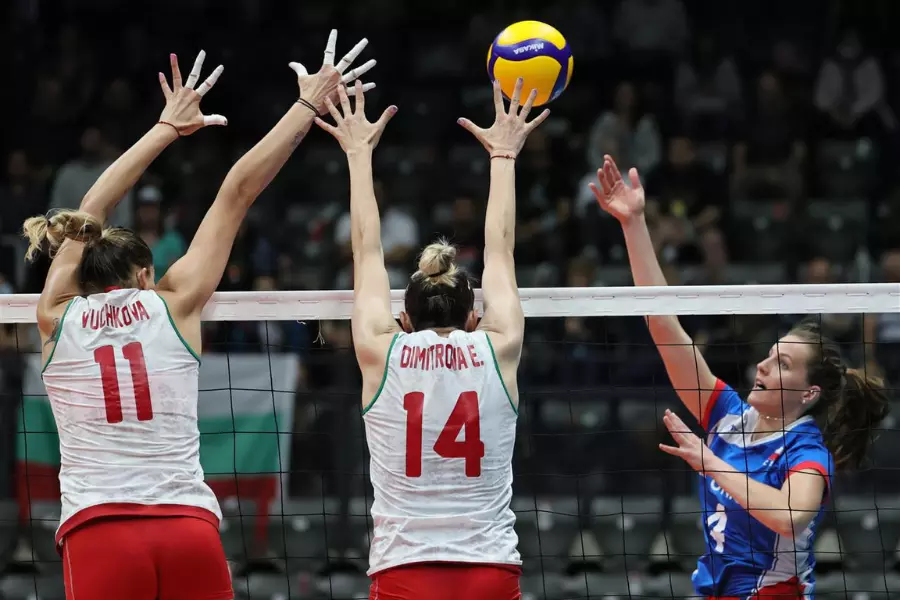
Definition and Concept
Side bands are tactical plays where the ball is directed opposite the opponent’s anticipated trajectory, away from the side of the court. Creating offensive and defensive advantages can result from this unexpected move, which catches the opponent off guard.
Historical Context
As far back as volleyball’s early days, side bands have been around. It has taken players and coaches a long time to refine and incorporate these strategies into the game, making them a strategic weapon.
Also, read Highly Effective Volleyball Setter Drills
Role of Side Bands in Volleyball Strategy
Side bands are crucial to the outcome of volleyball games, which is a game of strategy.
Offensive Tactics
Side bands are often used by teams to penetrate an opponent’s defense. Creating openings for powerful attacks can be achieved by targeting specific areas of the court.
Defensive Maneuvers
Side bands can be used by skilled defensive players to disrupt the opponent’s offense. Side bands can be used to turn the tide of a game with unexpected blocks and defensive plays.
Where Are Volleyball Sidebands Positioned And What Are Their Dimensions?
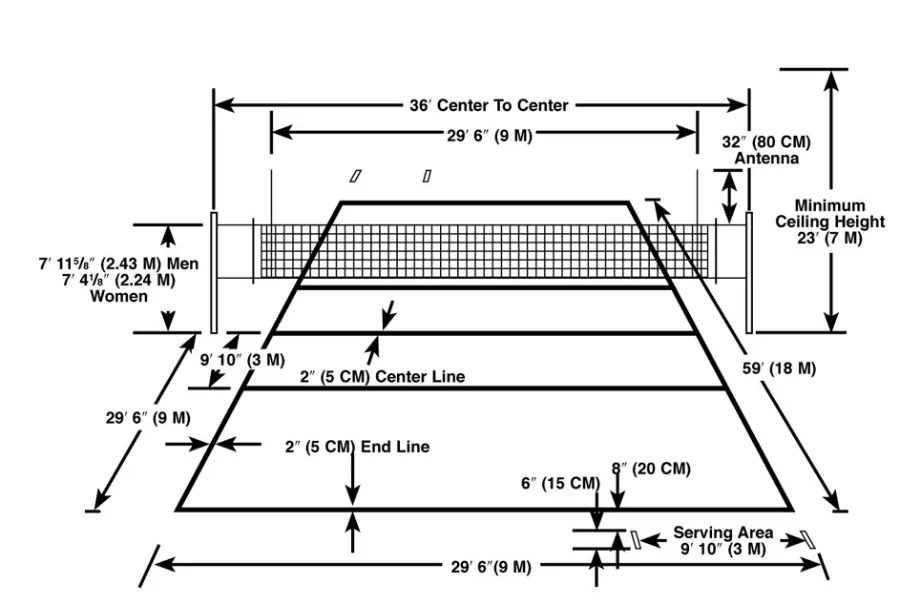
There are sidebands above each sideline that hold the sides to the net. Fishes are considered part of the net when they are five centimeters wide and one meter long.
Volleyball refereeing for fairness
Volleyball courts have vertical white bands between the net and the sideline that form their sides. Approximately 10 cm by 10 cm by 9.5 cm black mesh covers the sides of the cage.
A flexible rod of fiberglass or similar materials, 1.8m in length, 10mm in diameter, is mounted on opposite sides of the net and attached with a flexible rod 1.8m long and 10mm in diameter.
The side bands make identifying inbounds and outbounds easier for players. Moreover, they have improved refereeing decisions by detecting when a ball crosses the goal line.
By utilizing this strategy, players are able to focus more on their performance and less on mistakes, ensuring fairness in the game.
Also, read Outside Hitter Volleyball Position
Incorporating Side Bands into Training

Drills and Exercises
Precision and coordination are essential for executing side bands successfully. For side band play to be effective, coaches use specialized drills and exercises.
Skills Development
In order to master side bands, players are trained in everything from serving techniques to court awareness. These skills help individuals perform better, but they also contribute to the success of teams as a whole.
What Is Antenna In Volleyball?
When a ball lands on the net, the Volleyball Net Antenna determines whether it is in play or out of bounds. The volleyball net antenna is equipped with positive-traction clamps that hold the cables firmly in place.
An volleyball game involves the ball being passed between the sidelines. Line judges or referees can determine whether a ball crossed over or around an antenna when it crossed over the net. A similar rule applies to players and the ball touching the aerial during play.
Referees are able to make quick and easy decisions about what to do when they have large colourful aerials attached to the net. Center lines, which separate the two sides of indoor volleyball, cannot be crossed. Consequently, the player can move between the antenna and post without any difficulties. For competitive indoor play, clamp-on antennas are the most popular type of indoor antenna.
Due to the same position of the top and bottom clamps, it will remain secure in any position. A versatile and durable material, it can withstand harsh conditions for a long time.
If you have Velcro on your clothing, you’ll be able to play beach volleyball on the beach. Due to its fiberglass construction, if it is damaged during play, it can be easily repaired. My recommendation would be to use a clamp-on antenna if you are an indoor player.
Also, read Maintaining The Right Air Pressure
How To Avoid An Antenna Violation In Volleyball?
A player will need to demonstrate skills and move efficiently in order to succeed in this sport. In the game, two teams consisting of six players are attempting to hit a ball over the net and onto the court of the team on the other side of the net.
A player will be penalized if he or she fails to follow the rules. If the ball hits an antenna, an antenna pole, the floor outside the court, any other nets or cables outside of the antenna, or the ceiling above the court, the ball is out.
The ball may be caught, held, or thrown by baseball players, but any body contact with it is prohibited. A flexible rod made of fiberglass or a similar material 1.8m long and 10mm diameter is fastened on opposite sides of the net. Red and white stripes are usually placed every 10cm on the antenna top, which stands 80cm above the net.
A ball does not need to hit the antenna in order to be successful, so players must play with extreme caution if they intend to hit one. Typically, if a ball strikes an antenna, it shouldn’t bounce back inward. The integrity of the game can only be maintained by players abiding by the rules and refraining from causing antenna violations.
Common Mistakes and How to Avoid Them
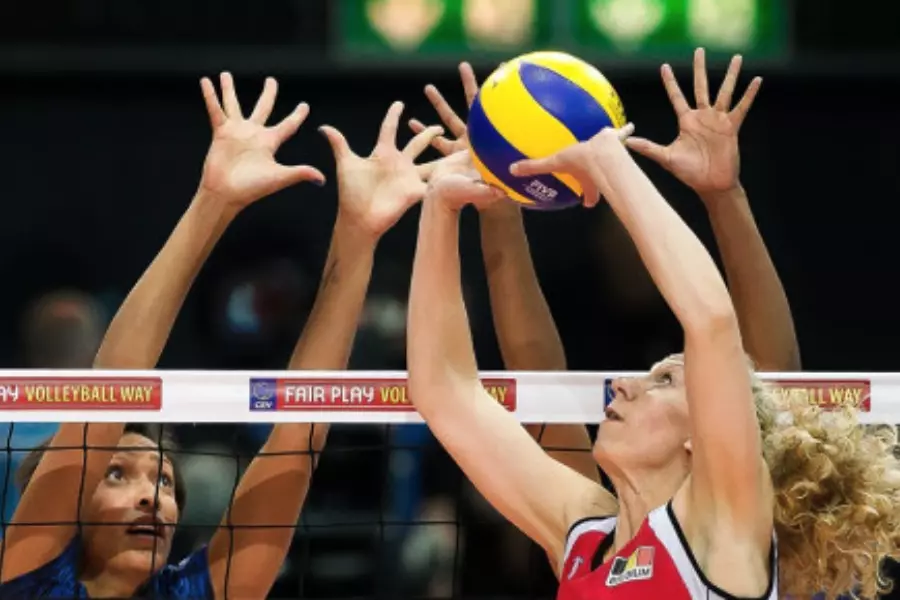
Errors in Side Band Utilization
In spite of the fact that side bands are capable of changing the game, they can also lead to missed opportunities if they are executed poorly. The key to mastering this technique is understanding these pitfalls.
Tips for Improvement
It is possible for coaches and players to improve side band execution by following specific tips. When common challenges are addressed head on, a more refined and effective strategic approach can be achieved.
What Is The 5 Equipment In Volleyball?
Volleyball shoes like these are made for playing the sport. The volleyball braces, sleeves, and pads are shown here. Volleyball nets are available on the court. Game of volleyball with poles and nets.
Beach volleyball and indoor volleyball both revolve around keeping the ball out of your half of the court while trying to land on the opposing team’s. The balls you use for volleyball must be of the same level and type as your opponent’s. It is imperative that players wear protective padding around their bodies in case they collide with these structures.
You need to protect your knees when you play indoor volleyball, which is extremely difficult. Knee pads are generally divided into two styles: flatter and more protective. Using spike trainers improves the method and execution of spiking. Rubber band ankle and wrist cuffs comprise the Volleyball PassRite System.
Sports like volleyball require high levels of skill, planning, and technique. The three most common types of hits are the bump, volley, and spike (or, more recently, the pass, set, and kill). It may initially seem difficult to understand each type of hit, but understanding them allows you to maximize your efficiency. Bumps are the most basic type of hit used for passing the ball to a fielder. Balls are hit with volley hits, which are aimed at the opponents’ court. In order to accomplish this, the ball needs to be sent hard and fast into the opponent’s court.
Two other formations are used in volleyball besides the three most common types. With the 5-2 system, there is only one setter in each row, allowing players to create a wide variety of plays and strategies.
Those who are just starting out can benefit from the 4-2 system’s ease of use. Volleyball has two types of formations and three types of hits. Understanding these will help you improve your game and your skills. Whether you are a beginner or an experienced player, it is important to understand volleyball’s fundamentals.
Also, read Types of Hits in Volleyball
How To Choose The Right Volleyball For Your Game

Volleyball cannot be played without the ball. It is without a doubt the most important piece of equipment. A solid ball would make the game much more difficult, if not impossible.
A high-quality ball will therefore not only provide a smoother, more enjoyable game, but also provide a more consistent and reliable bounce, preventing pain caused by sticking it over the net or between teammates.
Rubber balls are susceptible to moisture, while leather balls are not, and are therefore more suitable for indoor play. It is crucial to choose the right volleyball ball for a successful volleyball game so that it is enjoyable and competitive.
Benefits Beyond the Court
Team Cohesion
In order for a side band to be successful, members must collaborate strategically. Creating a positive team dynamic is a result of this cohesion, which extends beyond the court.
Mental and Physical Fitness
It requires mental acuity as well as physical agility to execute side bands. Both mental and physical fitness are enhanced as players use strategic thinking and quick movements.
How Is The Vertical Net Tie Above The Side Line In Volleyball?
During volleyball, horizontal nets are placed between two teams. There is a vertical side line above the net. In order to determine if a ball is out of bounds, this line is known as the antenna.
Referees can also use the antenna to determine if a player has made contact with the net during a play. A point is gained by the opposing team if the ball passes over the antenna. In addition to ensuring fair play and accurate scorekeeping, the antenna plays a crucial role in the game.
The two actions you must take when you are able to reach beyond (over) the net are to block or attack. Providing the action does not interfere with the opponent’s play, players may extend their arms and hands beyond the net.
Players execute attack hits on each other when they execute attack hits. If the ball had not been passed, it crossed the goal line as soon as another player touched it. Before the setter could play the ball, an opponent blocked it across the vertical plane of the net.
An experienced referee must understand the difference between an overhand pass and an attack on a set. It would be the blocker’s fault in the first instance, because the ball did not originate from the opponent, while it would be an attack hit in the second instance.
Markers on the net provide players with a lifeline
There are 2 vertical tape markers attached to the net that extend 1 meter (3.3 feet) above each sideband. When the ball is difficult or lean, players can tie one over to determine if the ball is in or out of bounds.
Challenges and Solutions
Overcoming Obstacles
It may be challenging for teams to seamlessly integrate side bands into their gameplay, despite their immense strategic advantages. In order to achieve consistent success, it is essential to identify these challenges and address them.
Adapting to Different Playing Styles
The sport of volleyball is diverse, with different teams and regions having different playing styles. Flexibility and an understanding of the game are necessary for adapting side bands to suit these styles.
Antenna And Sidebands In Volleyball
Teamwork and communication are essential to volleyball. When playing volleyball, volleyball players need antennas and sidebands. Tracking the ball and staying in position are made easier with the help of antennas.
Communication on the court is made easier with the use of sidebands. In order to have a successful volleyball game, players need to communicate their positions and moves to their opponents.
Volleyball players can use these tools to stay in sync with each other and ensure that they are in the right positions to make a great play.
Also, read Why Do Volleyball Players Tape Their Fingers?
Side Bands in Various Volleyball Formats
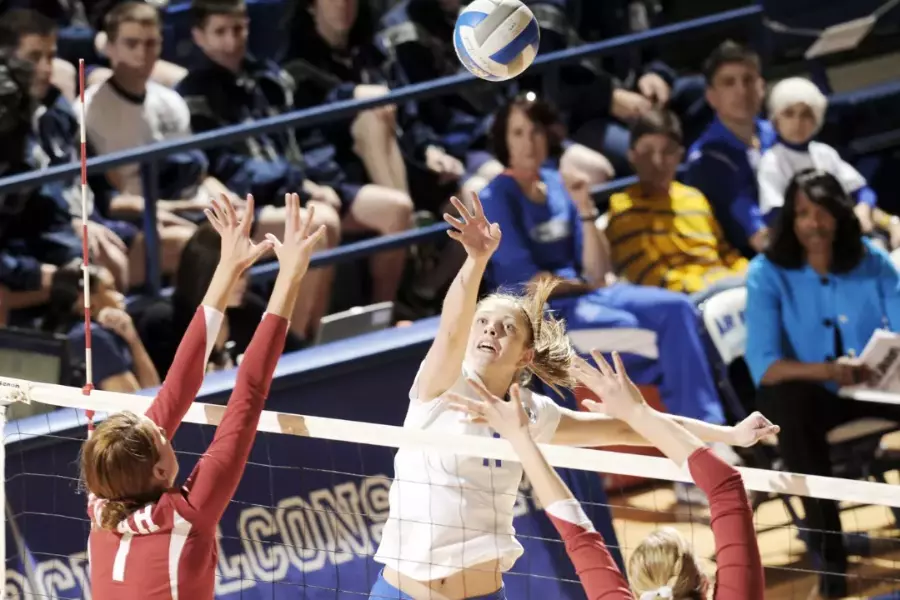
Indoor vs. Beach Volleyball
Side bands can be applied differently to indoor volleyball and beach volleyball. The ability of this strategy to adapt across different formats can be better understood by examining these differences.
International Perspectives
The approach to side bands may differ from country to country. This strategy has been embraced globally through a comprehensive examination of international perspectives.
Evolution of Side Bands in Volleyball
Changes Over the Years
Side bands are no exception to volleyball’s ever-changing landscape. Sport’s current significance can be understood by examining the evolution of side bands.
Future Trends
Where do side bands stand in volleyball’s future? The continued evolution of this dynamic strategy can be understood by predicting trends and potential developments.
Also, read Volleyball Platform Sleeves
Frequently Asked Questions
Are side bands only used at the professional level?
No, side bands can enhance gameplay at all skill levels, from amateur to professional.
How can players improve their side band execution?
The most effective way to refine side band skills is to practice, communicate, and do targeted training drills.
Do all volleyball teams use side bands in their strategy?
While side bands aren’t universally embraced, many teams recognize their strategic advantages.
Are there specific rules regarding the use of side bands in volleyball?
The use of side bands is not currently restricted by volleyball rules.
Can side bands be used in beach volleyball as effectively as in indoor volleyball?
Both indoor and beach volleyball can benefit from side bands if they are adapted to the playing conditions.
Conclusion
As a result, side bands have evolved from a novelty tactic into a foundation of modern volleyball strategies. It is likely that side bands will have a greater impact on the game as players and coaches refine their approaches. Understanding and appreciating side bands adds an exciting dimension to volleyball, no matter if you are an experienced player, a passionate fan, or a newcomer.
Also, read Regulation of Volleyball Net Height

